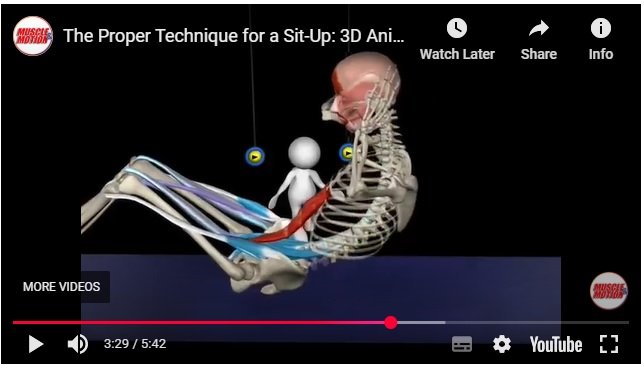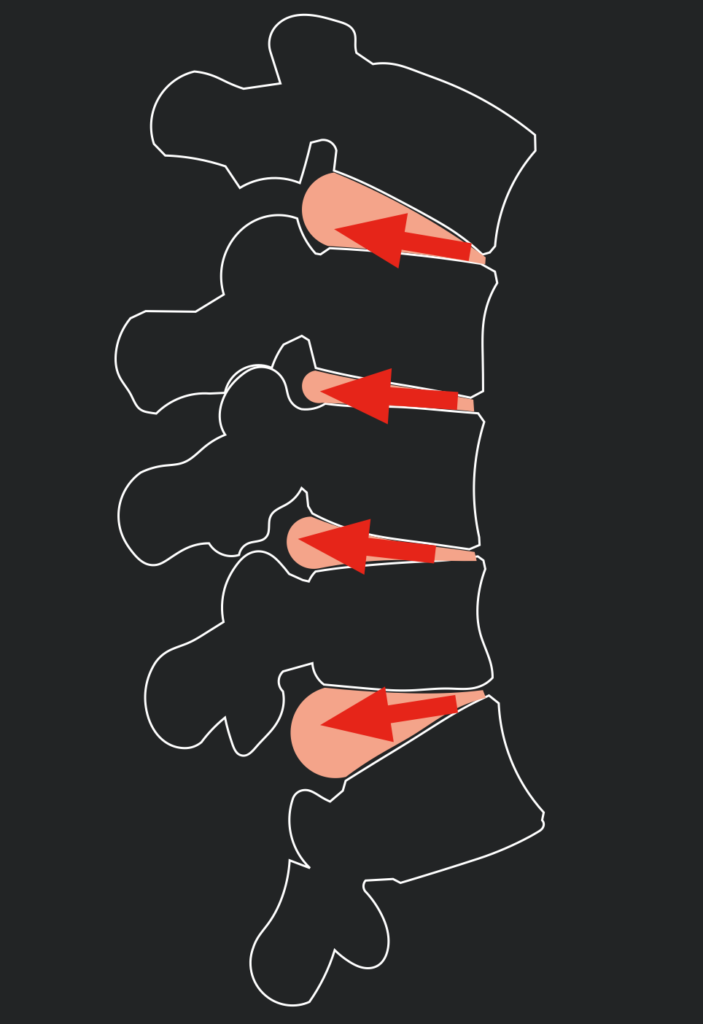Chartered Physio Says Sit-Ups Are a Disaster for Back Pain—Try These Core Exercises Instead

Sit-ups have long been a go-to exercise for building core strength, but according to Dr. Eoin Everard, a chartered physiotherapist and PhD in biomechanics, they might be doing more harm than good—especially for those dealing with back pain.
In a recent video, Dr. Everard explains that sit-ups can put excessive strain on the lower back, forcing the spine into repeated flexion, which can worsen existing issues or even lead to injury over time. Instead of traditional sit-ups, he recommends safer and more effective core exercises that build strength without compromising spinal health.
Why Sit-Ups Can Be Bad for Your Back
The problem with sit-ups lies in their movement pattern. When performing a sit-up, the lower back is repeatedly rounded, increasing pressure on the spinal discs. For individuals with back pain or poor posture, this repetitive motion can exacerbate discomfort and even contribute to conditions like disc herniation.
Dr. Everard emphasizes that core training should focus on stability rather than excessive movement of the spine. The goal is to strengthen the deep core muscles while maintaining a neutral spine, reducing stress on the lower back.

Best Core Exercises for a Strong, Pain-Free Back
Instead of sit-ups, Dr. Everard recommends the following back-friendly core exercises:
1. Modified McGill Sit ups
This exercise strengthens the core while keeping the spine neutral.
How to do it:
- Lie on your back with your arms extended toward the ceiling and knees bent at 90 degrees.
- Slowly lower one arm and the opposite leg toward the floor while keeping your core engaged.
- Return to the starting position and repeat on the other side.
- Perform 10-12 reps per side.
2. Plank
A classic stability exercise that engages the entire core without flexing the spine.
How to do it:
- Get into a forearm plank position, keeping your body in a straight line from head to heels.
- Engage your core and avoid arching your lower back.
- Hold for 30-60 seconds.
3. Side Plank
Targets the obliques and improves lateral core stability.
How to do it:
- Lie on your side with your elbow directly under your shoulder.
- Lift your hips so your body forms a straight line from head to feet.
- Hold for 30 seconds per side, or longer as you build strength.
4. Every Exercise!
The Takeaway
If you experience back pain or want to protect your spine, swapping sit-ups for these physio-approved core exercises can help you build strength without the risk of injury. Dr. Everard’s approach prioritizes core stability, ensuring that your workouts support your back rather than strain it.
For more expert advice on posture, back health, and effective workouts, check out Dr. Everard’s insights and innovations—like the BackAware Belt, a wearable designed to help people maintain proper back positioning during exercise and daily life.
Would you ditch sit-ups in favor of these back-friendly exercises? Let us know your thoughts!


